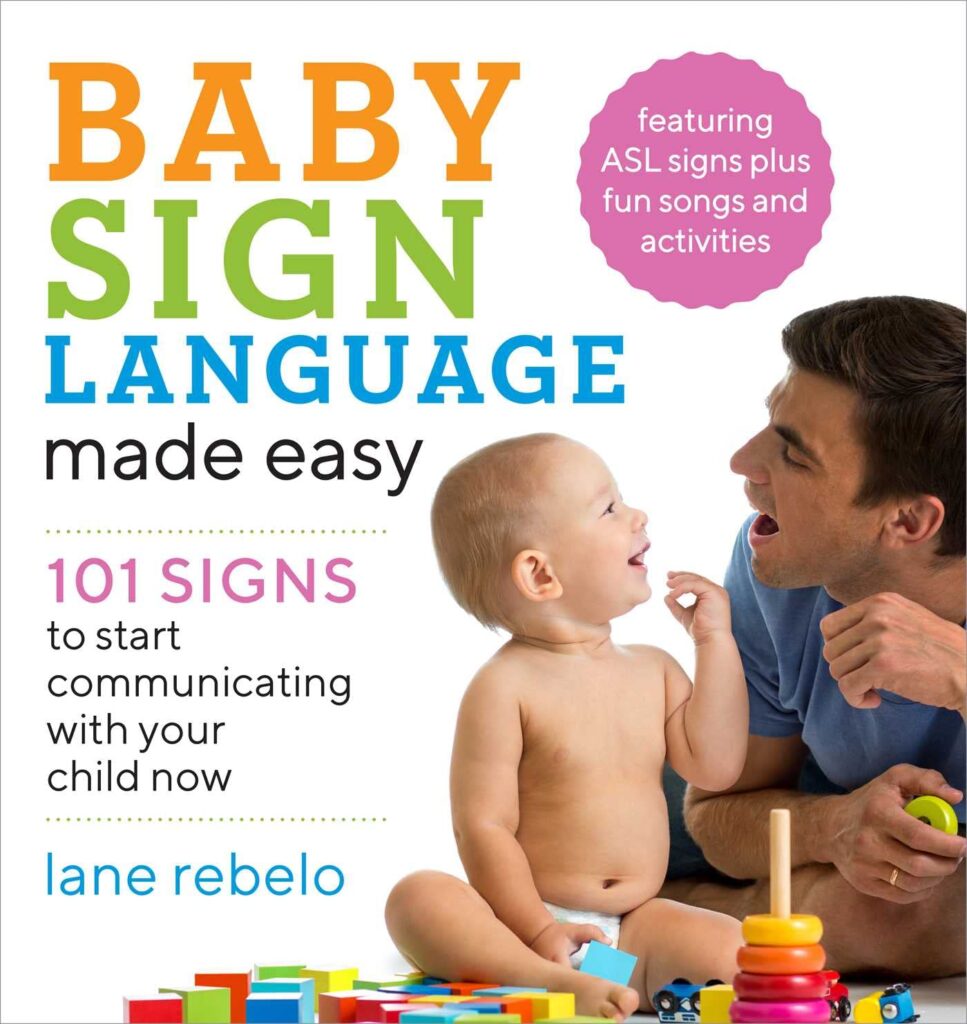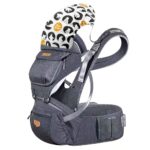Developmental Milestones for 6 month old Baby, typically start to sit without support and recognize familiar faces. They also begin to babble and show curiosity about their surroundings.
Parenting a 6-month-old baby is an exciting journey filled with remarkable changes and achievements. Around this age, babies hit significant developmental milestones that signal their growth and cognitive advancement. They start to interact more with the world, reaching for objects, and may even start to transfer toys from one hand to another.
Their communication skills take a leap forward as they engage in vocal play, making sounds that resemble one-syllable words. Emotionally, they respond to affection and might show displeasure when playtime ends. Physical development is also on a fast track, with many babies mastering the art of rolling over and pushing up on their hands when on their tummy. This period marks a time of rapid learning, exploration, and bonding, making it a cherished phase for both the baby and the parents.

Introduction To Developmental Milestones for 6 Month Old Baby
Welcome to the world of parenting your six-month-old baby! This period marks a vibrant phase of growth and learning for your little one. Understanding what to expect at this age can help you support and nurture your baby’s development effectively.
Growth Overview
At six months, babies show remarkable physical and cognitive growth. Here’s a quick look:
- Weight and Length: Most babies double their birth weight.
- Mobility: Many can roll from stomach to back and vice versa.
- Communication: They respond to sounds and start babbling.
- Hand-Eye Coordination: They reach for objects and explore textures.
Importance Of Monitoring Progress
Keeping track of milestones helps ensure your baby is on a healthy development path. Here’s why it’s crucial:
- Early Identification: Spotting delays early can lead to timely intervention.
- Supporting Growth: Tailored activities can promote various skills.
- Building Bonds: Engaging with your baby’s development strengthens your connection.
Physical Development Signs
At six months, babies hit new physical milestones that amaze and delight parents. These signs of growth are critical indicators of a baby’s motor skill development. Let’s explore the pivotal physical milestones, focusing on gross and fine motor skills.
Gross Motor Skills
Gross Motor Skills
Babies at six months are becoming more active and mobile.
- Sits with support: Your baby may sit with pillows or your help.
- Begins to roll: Watch as they roll from back to tummy and vice versa.
- Supports weight: While standing, they press down on legs.
- Bounces when supported: Your little one might bounce on their legs.
Fine Motor Skills
Fine Motor Skills
Watch as your baby’s hand coordination improves.
- Reaches for objects: They swipe and grab toys within reach.
- Transfers toys: They move items from one hand to the other.
- Pincer grasp: They may start to pick up small objects between thumb and forefinger.
- Brings objects to mouth: Everything they hold may end up in their mouth.
Cognitive Skills At Half A Year
At six months, babies experience a world of learning and discovery. Cognitive development takes off as they start understanding their surroundings. Let’s explore the cognitive milestones you can anticipate at this exciting stage.
Problem-Solving Abilities
Problem-solving Abilities
Little thinkers start showing their problem-solving skills.
- Curiosity leads them to experiment with objects.
- Babies learn cause and effect by dropping toys.
- Reaching and grasping becomes more purposeful.
Memory Enhancements
Memory Enhancements
A six-month-old’s memory rapidly improves.
| Memory Skill | Description |
|---|---|
| Recognition | Babies remember familiar faces and toys. |
| Anticipation | They anticipate routines like mealtime. |
| Repetition | Repeating actions that get a response becomes common. |
Communication Breakthroughs
At six months, babies hit exciting communication milestones. They start to express themselves in new ways. This is a time of delightful chatter and interaction. Witness their growing understanding and vocal skills!
Babbling And Sounds
Babies begin to babble and create a range of sounds. This is their first step towards talking. You’ll hear sounds like “ba-ba” or “ga-ga”. Each babble is a building block for language.
- Vowels and consonants mix in their babbles.
- Babies experiment with tones and pitch.
- They may even copy sounds they hear around them.
Responding To Voices
Recognition of familiar voices becomes apparent. Babies turn their heads towards voices they know. This shows they are listening and responding.
- Babies smile when spoken to.
- They quiet down or coo when hearing a familiar voice.
- They might even respond to their own name.
Social And Emotional Growth
Social and Emotional Growth at six months is a time of significant change. Babies start to form deep bonds with caregivers. They react to emotions and communicate with giggles and babbling. This stage lays the groundwork for future social skills.
Recognizing Familiar Faces
Babies at this age love seeing people they know. They can tell who is a stranger and who is not. A smile often appears when they see mom, dad, or a sibling. It’s a sign they remember and trust these faces.
Expressing Happiness
A six-month-old baby shows joy in many ways. They laugh, coo, and squeal when happy. You might see them bouncing or clapping their hands. Look for big smiles, especially during playtime.
| Emotion | Signs |
|---|---|
| Recognition | Smiling at familiar faces |
| Joy | Laughing, cooing, squealing |
- Smiles respond to care and affection.
- Laughter emerges during play like peek-a-boo.
- Babies reach out to people they want to be with.
- Watch for recognition of family members.
- Notice responses to smiles and voices.
- Enjoy their laughter and babbling conversations.
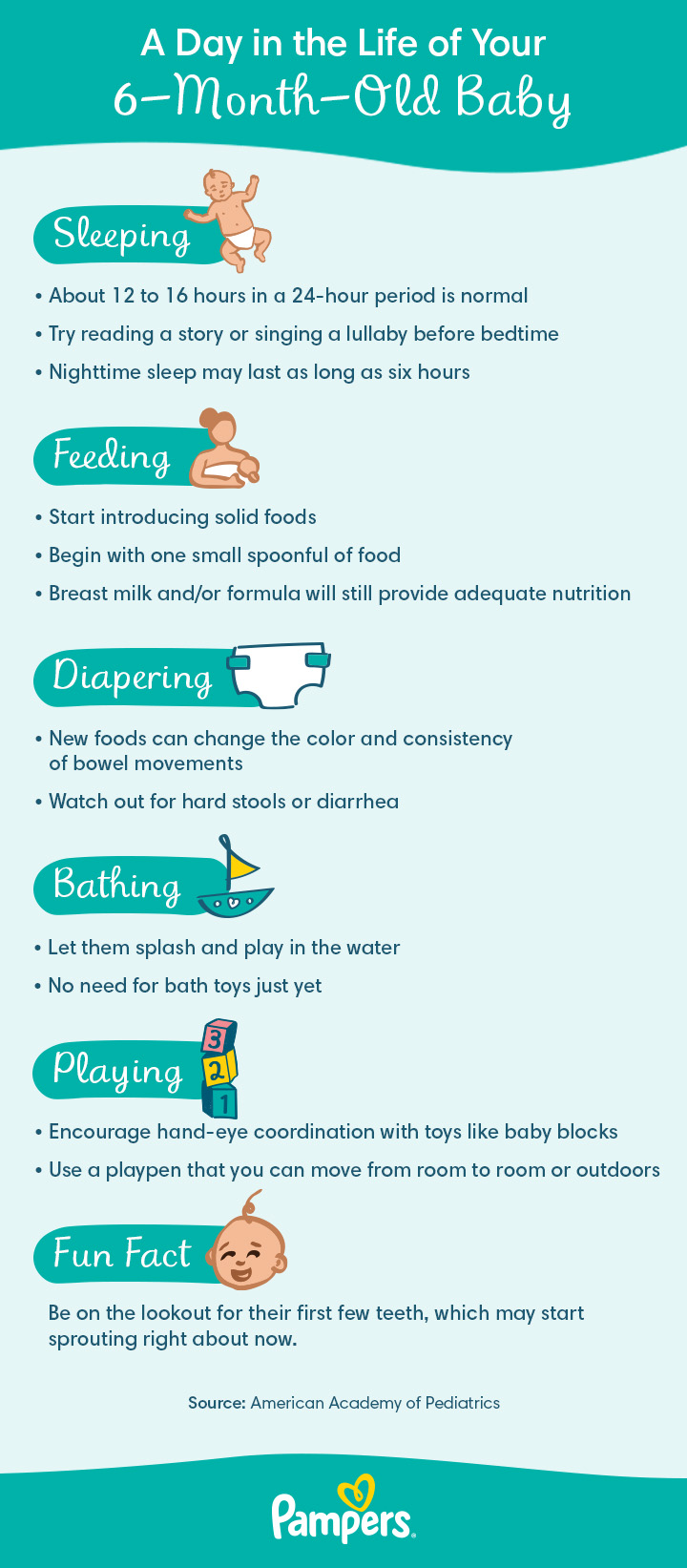
Credit: www.pampers.com
Feeding And Nutrition Milestones
Feeding and Nutrition Milestones are crucial for a 6-month-old baby. By this age, babies begin exploring new tastes and textures. It’s a time of significant change as they transition from a diet of solely milk to more varied solid foods. This period is essential for their growth and development. Let’s delve into the milestones you can expect during this exciting time.
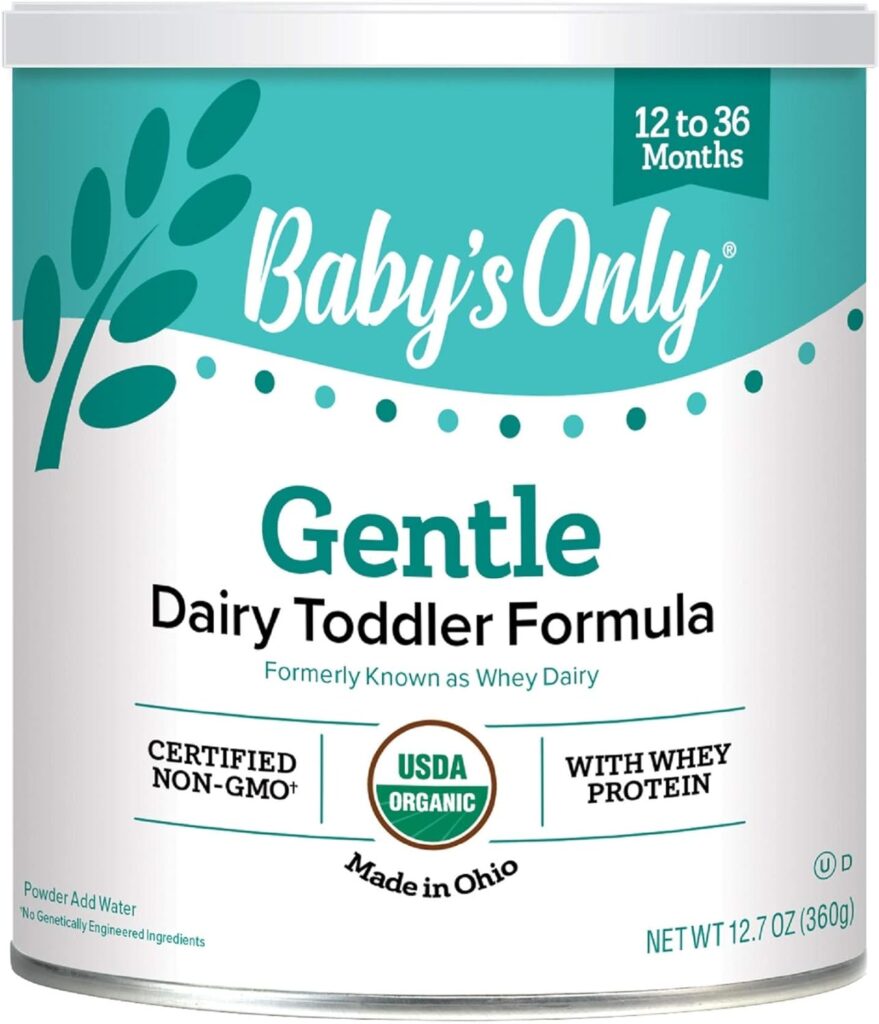
Introduction To Solids
At 6 months, babies are ready for their first taste of solid foods. This marks a major step in their feeding journey. Solid foods complement the nutrients they receive from breast milk or formula. Start with iron-fortified cereal or pureed fruits and vegetables. Introduce one food at a time and watch for any reactions. This approach ensures that your baby gets the right start to healthy eating habits.
Self-feeding Attempts
Self-feeding is an exciting development for babies and parents alike. Your little one may start grabbing the spoon or reaching for food on your plate. This is a sign they’re developing motor skills and independence. Offer safe, easy-to-hold foods like soft, cooked vegetables. Always supervise meals to ensure safety. Encourage these attempts; they are the building blocks for self-feeding skills.
Sleep Patterns At Six Months
At six months, babies experience significant changes in their sleep patterns. This period marks a crucial time for establishing routines that can help both babies and parents enjoy more restful nights. Let’s explore how sleep evolves at this stage and how to foster healthy sleep habits.
Establishing Routines
Consistent bedtime rituals become essential for a baby’s sleep schedule at six months. A soothing sequence of activities signals to the baby that it’s time to wind down. Here’s a simple routine to consider:
- Bath time
- Putting on pajamas
- Feeding
- Reading a bedtime story
- Singing a lullaby
- Goodnight kisses
Sticking to these routines daily helps set a baby’s internal clock and encourages better sleep patterns.
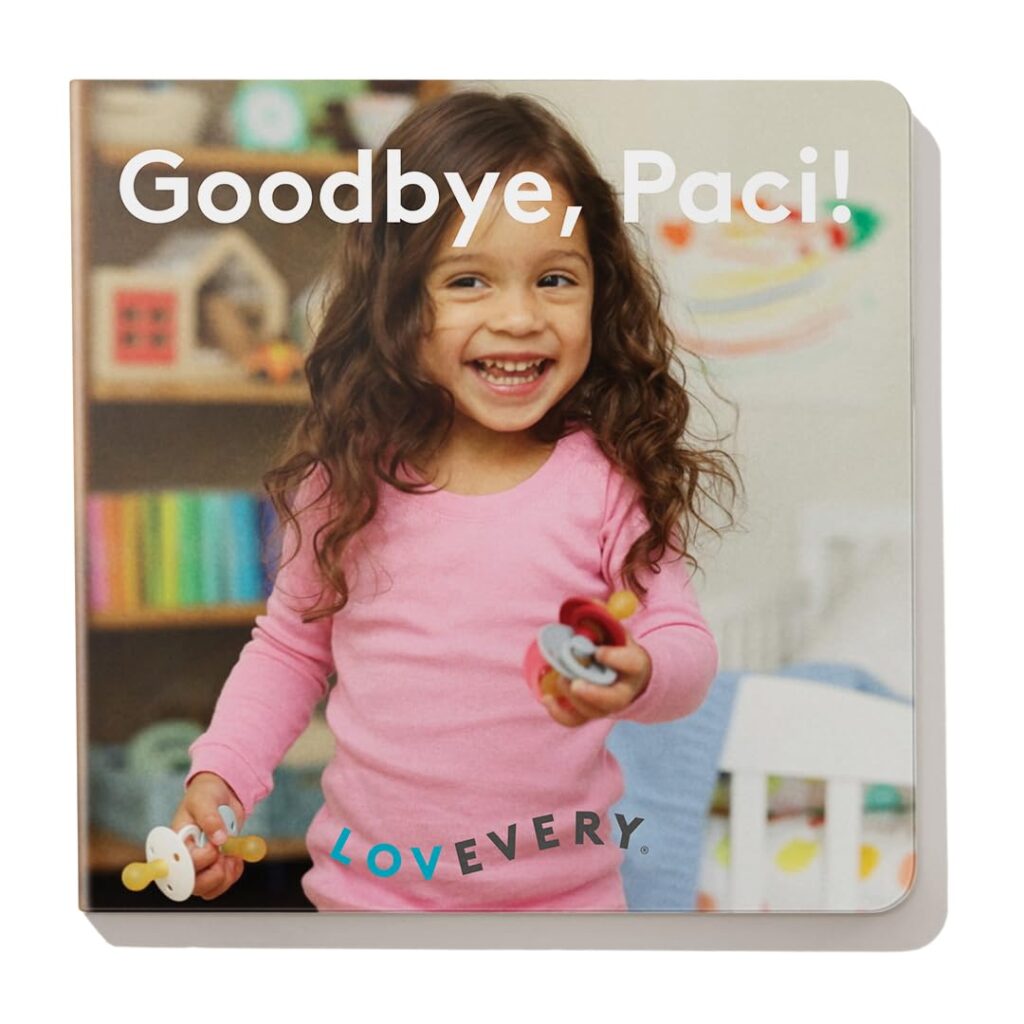
Nighttime Sleeping
By six months, many babies can sleep through the night. They typically need about 9 to 12 hours of nighttime sleep. Here are some tips to enhance nighttime sleeping:
- Ensure a comfortable sleep environment with a firm mattress and a cool room temperature.
- Introduce a sleep-friendly teddy bear or a small blanket for comfort.
- Maintain a quiet and dimly lit room to encourage longer sleep periods.
Remember, every baby is different and may adapt to these changes at their own pace.
Sensory And Exploratory Behaviors
By six months, babies become little explorers who love to engage with the world around them. Sensory and exploratory behaviors are crucial for their development. These experiences shape how they perceive and interact with their surroundings. Let’s dive into the fascinating world of taste and touch exploration as well as their curiosity and play.
Taste and Touch Exploration
Taste And Touch Exploration
Babies love to put everything in their mouths, which is a vital part of their development. This is how they learn about different textures and tastes. Here’s what they are discovering:
- Textures: Soft, hard, squishy, or rough, all textures are fascinating.
- Temperatures: They notice warm and cool objects.
- Tastes: Sweet, sour, and bitter flavors are all new.
Every touch and taste is a learning opportunity. Make sure all objects are safe for your baby to explore.
Curiosity and Play
Curiosity And Play
Playtime is crucial for a baby’s development. At six months, your baby might:
- Reach for toys that make noise or have bright colors.
- Laugh and giggle at peek-a-boo games.
- Roll over to get closer to interesting objects.
Encourage your baby’s curiosity by providing a variety of safe toys and interactive games. This helps them learn cause and effect.
Movement Milestones
Watching your baby grow brings a mix of excitement and curiosity about what to expect next. At six months, babies hit new movement milestones that are thrilling to observe. They start to interact with their environment in more complex ways. These developments are not just adorable but crucial for their physical growth and motor skill development.
Rolling And Pivoting
Rolling from tummy to back and back to tummy is a big milestone. At six months, most babies have mastered this skill. It marks the start of independent movement. They can now explore their world from different perspectives.
- Back to tummy by pushing up with arms
- Tummy to back with a twist of the hips
Pivoting is another exciting development. Babies often do this during tummy time. They push their feet to go around in a circle. This is the first step towards crawling.
Sitting And Support
Babies start to sit with support around six months. Some may even sit unassisted for short periods. This is a sign of a strong upper body and good head control.
| Support Type | Description |
|---|---|
| With hands | Babies may use their hands on the floor to support themselves. |
| With pillows | Soft pillows can offer support as they learn to balance. |
| On laps | Sitting on a caregiver’s lap helps them feel secure as they practice. |
As they gain confidence, they start to use less support. This new view of the world is exciting for them. It also helps develop their balance and coordination.
Interactive Play And Learning
At six months, interactive play and learning are key for your baby’s development. These activities help enhance their cognitive, social, and motor skills. Let’s explore some fun and educational play ideas!
Classic Baby Games
Peek-a-boo and pat-a-cake are perfect for this age. They teach babies about object permanence and rhythm.
- Peek-a-boo: Hide your face with your hands and then reveal it, saying “Peek-a-boo!”
- Pat-a-cake: Clap your hands together and invite your baby to mimic you.
Toys And Playtime
Choose toys that stimulate senses and improve hand-eye coordination. Here are some great options:
| Toy Type | Benefits |
|---|---|
| Rattles | Develops sound and pattern recognition. |
| Soft Blocks | Enhances motor skills and teaches cause and effect. |
Visual And Auditory Development
Visual and Auditory Development at six months is exciting!
Tracking Moving Objects
Your baby can now follow things smoothly with their eyes. This is key for their visual growth.
- Watches faces closely and tracks them.
- Follows a toy moved from side to side in front of them.
- Looks around at things nearby and far away.
Reacting To Sounds
Babies start to respond to sounds by turning towards them. This shows their hearing is developing.
- Turns head towards the direction of sounds.
- Notices toys that make sounds.
- Laughs or giggles at familiar sounds.
Emotional Responses And Behaviors
Exploring Emotional Responses and Behaviors at 6 Months
Babies at 6 months old show exciting emotional growth. They express joy, curiosity, and even caution. Let’s dive into their emotional world to understand their developing behaviors.
Stranger Awareness
By this age, babies begin to recognize familiar faces. They may feel uneasy around strangers. This is a sign of healthy emotional development.
- Stares intently at new faces
- Might cry or cling to parents
- Smiles and relaxes with known caregivers
Mood Swings
Mood changes are normal for 6-month-olds. They can switch from happy to upset quickly.
| Emotion | Behavior |
|---|---|
| Happiness | Laughs, babbles, reaches for toys |
| Frustration | Frowns, cries, may throw toys |
Remember, patience and calm responses from adults help babies learn to manage these swings.
Health And Wellness Checkpoints
Health and Wellness Checkpoints are crucial for your 6-month-old baby’s development. It is a period marked by rapid growth and significant changes. Parents should ensure their baby meets key health and wellness milestones, including immunizations and regular pediatric visits. These checkpoints help track your baby’s progress and ensure they are on the right path to good health.
Immunizations
Immunizations are vital for protecting your baby from serious diseases. By six months, your baby should receive vaccines as recommended by health professionals. These vaccines safeguard against illnesses like whooping cough, polio, and influenza.
| Vaccine | Disease | Age |
|---|---|---|
| DTaP | Diphtheria, Tetanus, Pertussis | 6 months |
| IPV | Polio | 6 months |
| Hib | Haemophilus influenzae type b | 6 months |
| PCV | Pneumococcal | 6 months |
| RV | Rotavirus | 6 months |
| Influenza | Flu | Seasonal |
Regular Pediatric Visits
Regular check-ups with a pediatrician are essential. These visits track growth, development, and overall health. Your baby’s doctor will measure weight, length, and head circumference. The doctor will also check hearing, vision, and other vital functions.
- Weight: Your baby should double their birth weight by six months.
- Length: Look for steady growth in body length.
- Head Circumference: An increasing head size indicates healthy brain development.
:max_bytes(150000):strip_icc()/babys-first-year-121-ceef3b9df90541e58e5c603940b3e6d3.png)
Credit: www.parents.com
Challenges And Solutions
At six months old, babies encounter unique challenges as they grow and develop. Parents often seek solutions to navigate this critical stage. Understanding these hurdles is key to ensuring your baby continues to thrive.
Teething Troubles
Babies start teething around this age. It can be uncomfortable for them.
- Provide teething toys that are safe and clean.
- Use a cool washcloth to soothe their gums.
- Consult with a pediatrician about pain relief options if necessary.
Managing Fussiness
Fussiness peaks at this time. Babies express discomfort in different ways.
- Ensure regular nap times to prevent overtiredness.
- Engage in calming activities, like soft music or gentle rocking.
- Check for any physical needs: hunger, diaper change, or too hot/cold.
Remember, each baby is different. Stay patient and attentive to your baby’s cues.
Supporting Your Baby’s Development
As your baby reaches the six-month mark, you’re likely to notice a surge in developmental progress. This phase is crucial for your little one’s growth, and supporting their development becomes a top priority. Creating the right environment and engaging in bonding activities can make a significant difference in your baby’s learning journey. Let’s explore how you can support and encourage your baby’s development during this exciting time.
Creating A Stimulating Environment
A stimulating environment is key for your baby’s brain development. Use these tips to create a space that encourages exploration:
- Colorful toys that are easy to grasp
- Books with simple pictures and contrasting colors
- Music to listen to, with a variety of genres and rhythms
- Safe areas for your baby to practice crawling and rolling
Bonding Activities
Bonding with your baby is not only enjoyable but also essential for their emotional development. Try these activities to strengthen your connection:
| Activity | Description | Benefits |
|---|---|---|
| Peek-a-Boo | Hide your face with your hands or a cloth | Teaches object permanence and encourages social interaction |
| Tummy Time | Place baby on their tummy to play | Strengthens neck and shoulder muscles |
| Baby Massage | Gentle strokes on baby’s back and limbs | Promotes relaxation and bonding |

Credit: www.rochesterfamilyeyeclinic.com
Frequently Asked Questions
What Should 6 Month Old Babies Be Doing?
At six months, babies typically sit up with support, reach for objects, recognize familiar faces, and babble or make sounds. They also show curiosity and may start to eat solid foods.
What Is The Psychological Development Of A 6 Month Old?
At six months, babies recognize familiar faces, express joy, and are responsive to emotions. They engage in social play and explore the world orally. Their sounds evolve into babbling, reflecting early language development.
What Are The 6 Month Milestones Checklists?
By six months, babies typically reach for toys, babble, show emotion, recognize faces, and roll over.
What Should My 6 Month Old Be Saying?
At six months old, babies typically babble, make sounds, and begin to respond to their name. They may also make noises to show joy or displeasure.
What Are Key Motor Skills For A 6-month-old?
At six months, babies typically start rolling both ways, begin to sit without support, and may start to rock on hands and knees, preparing to crawl.
Conclusion
Tracking your baby’s growth and development at the six-month mark is a journey filled with joy and amazement. These milestones signal the blossoming of your little one’s abilities, from delightful giggles to curious grasps. Celebrate each new skill, keeping in mind that every child’s pace is unique.
Cherish these moments and continue nurturing their potential with love and attentive care.

